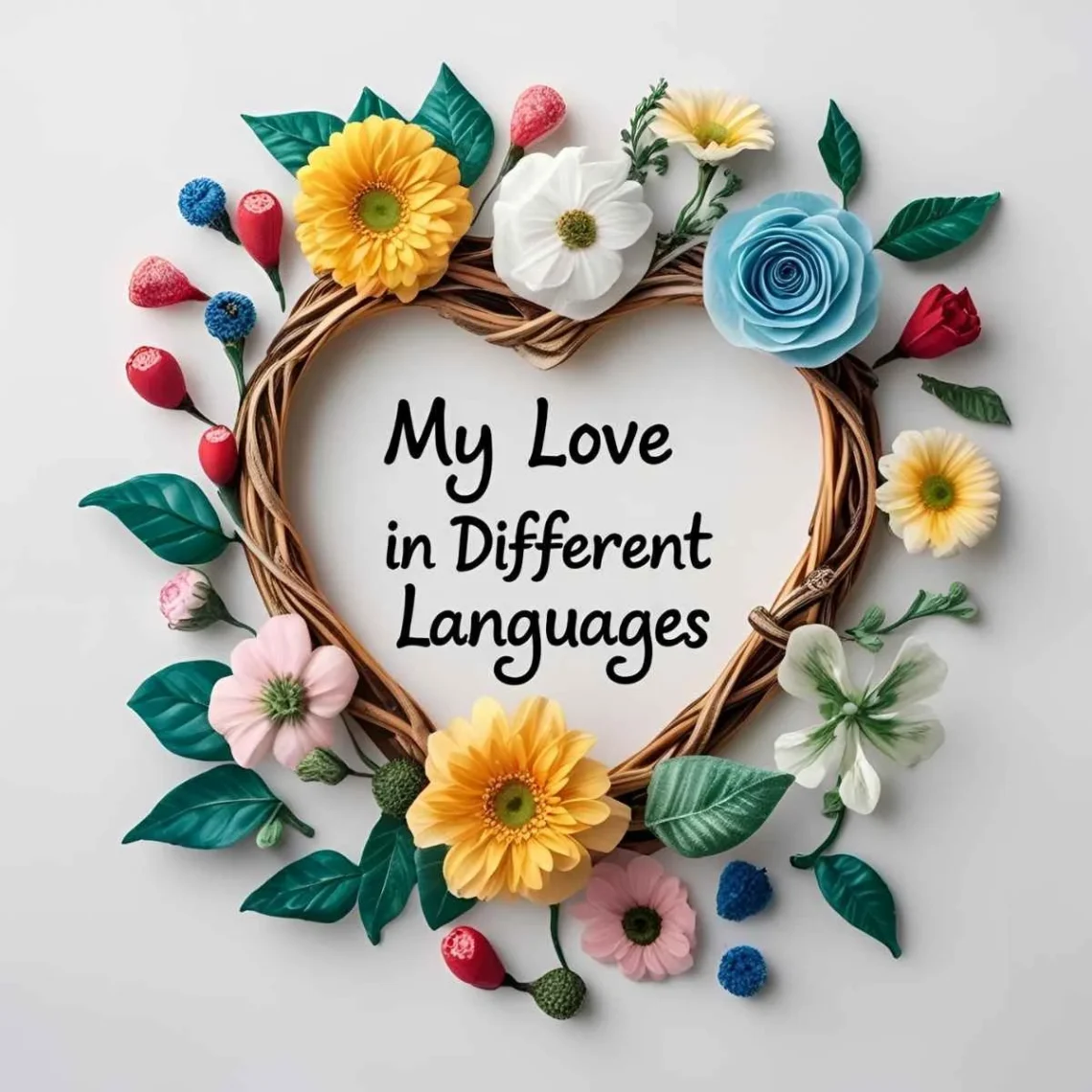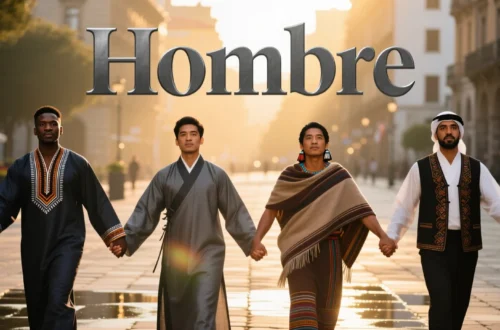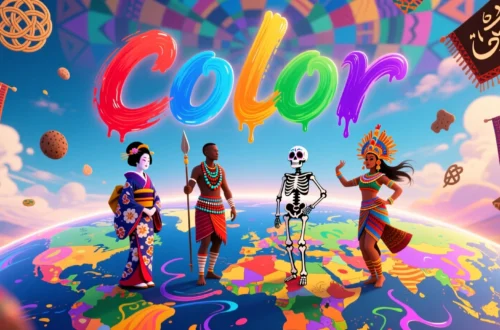Picture a quiet evening in Paris, where a whispered “mon amour” seals a moment between two hearts. That phrase, “my love,” carries a universal warmth, yet it shifts beautifully across languages and cultures.
Whether it’s a heartfelt “mi amor” in a Mexican plaza or a tender “habibi” in a Cairo street, these words capture the essence of devotion, shaped by each culture’s unique lens.
Let’s embark on a global journey to explore how people express “my love” in different languages and what these terms reveal about the heart of their societies.
Reference Table: “My Love” in Different Languages
| Language | Word/Phrase | Cultural/Linguistic Insight |
|---|---|---|
| French | Mon amour | Means “my love,” a romantic and poetic endearment. |
| Spanish | Mi amor | Literally “my love,” used passionately across Latin America and Spain. |
| Italian | Amore mio | Conveys deep affection, often used in intimate settings. |
| German | Meine Liebe | Formal yet warm, used for romantic or familial love. |
| Mandarin | Wǒ de ài (我的爱) | Translates to “my love,” reserved for deep affection. |
| Hindi | Mera pyar | From “pyar” (love), evokes Bollywood’s romantic fervor. |
| Japanese | Aishiteru (愛してる) | Means “I love you,” a rare, profound declaration. |
| Korean | Nae sarang (내 사랑) | Means “my love,” a tender term in close relationships. |
| Arabic | Habibi (حبيبي) | Means “my beloved,” used widely in over 20 countries. |
| Swahili | Mpenzi wangu | Means “my lover,” a warm, inclusive term in East Africa. |
| Zulu | Sthandwa sami | Translates to “my beloved,” deeply personal in South Africa. |
| Yoruba | Ifẹ mi | Means “my love,” reflecting devotion in Nigeria. |
| Maori | Tōku aroha | Means “my love,” tied to deep emotional bonds in New Zealand. |
| Hawaiian | Koʻu aloha | Means “my love,” infused with the spirit of aloha. |
| Cherokee | Gvgeyu | A term for cherished love, used in Native American communities. |
European Languages: Passionate Declarations of Love
European languages express “my love” with terms that blend romance and cultural depth. For instance, in French, “mon amour” is a poetic endearment, whispered in Parisian cafés or written in love letters, reflecting France’s romantic heritage. Meanwhile, Spanish speakers use “mi amor,” a passionate term heard across Spain and Latin America, often paired with warm gestures. Additionally, Italian’s “amore mio” conveys deep affection, used in intimate moments, aligning with Italy’s emphasis on love and family. In German, “meine Liebe” is formal yet heartfelt, used for both romantic and familial love, showcasing Germany’s balance of sincerity and restraint. Thus, these terms reflect Europe’s spectrum of romance, from poetic French to grounded German expressions.
Asian Languages: Subtle and Emotive Affection
Asia’s linguistic diversity shapes unique ways to say “my love,” often tied to emotional depth. For example, in Mandarin, “wǒ de ài” (my love) is reserved for profound affection, reflecting China’s understated approach to romance. In Hindi, “mera pyar” (my love) evokes the passionate romance of Bollywood, used in India’s vibrant streets. Similarly, Japanese’s “aishiteru” is a rare, powerful declaration of love, often saved for significant moments in Japan’s reserved culture. In Korean, “nae sarang” (my love) is tender and intimate, aligning with South Korea’s focus on emotional closeness. Finally, Arabic’s “habibi” (my beloved), used across over 20 countries like Egypt and Lebanon, carries poetic weight, rooted in the region’s literary traditions. These terms highlight Asia’s range, from subtle Japanese expressions to emotive Hindi and Arabic declarations.
African Languages: Love in Communal Bonds
In African languages, “my love” often reflects community and deep emotion. For instance, Swahili, spoken in over 20 countries like Kenya and Tanzania, uses “mpenzi wangu” (my lover), a warm, inclusive term shared in social settings like markets. In Zulu, “sthandwa sami” (my beloved) is deeply personal, used in South Africa to express devotion with pride. Similarly, Yoruba’s “ifẹ mi” (my love) in Nigeria conveys heartfelt commitment, often celebrated with family. These terms, used across diverse African contexts, emphasize love as a communal joy, shared with smiles and gatherings.
Indigenous & Island Languages: Intimate Connections
Indigenous and island languages express “my love” with simplicity and connection. For example, Maori in New Zealand uses “tōku aroha” (my love), reflecting deep emotional bonds tied to cultural values. In Hawaiian, “koʻu aloha” (my love) carries the spirit of aloha, used in warm, intimate moments. Similarly, Cherokee’s “gvgeyu” signifies cherished love, used in Native American communities to express devotion. In Samoan, phrases like “loʻu alofa” (my love) reflect the Pacific’s communal approach, often shared in group celebrations. Across these cultures, from New Zealand to the Cherokee Nation, “my love” emphasizes enduring bonds, often tied to rituals.
Cultural Insights: The Evolution of Love’s Language
Terms for “my love” have evolved with cultural attitudes toward affection. For example, in ancient Rome, “amor meus” was used for romantic partners, blending passion and loyalty. In Arabic, “habibi” traces back to medieval poetry, shaping modern usage across the Middle East. Moreover, in African traditions, terms like “mpenzi wangu” carry spiritual weight, tied to communal rituals. In Asia, the shift from arranged marriages to modern romance has influenced terms like “mera pyar,” reflecting individual choice. These words carry histories of love, from European courtly traditions to Pacific island ceremonies, uniting people across time.
Proverbs and Sayings: Wisdom of Love
- French: “L’amour est un trésor qui n’a pas de prix.” (Love is a priceless treasure.) – Highlights love’s immeasurable value.
- Hindi: “Pyar dil se dil tak jata hai.” (Love travels from heart to heart.) – Emphasizes emotional connection.
- Swahili: “Mpenzi wangu ni nuru yangu.” (My love is my light.) – Ties love to guidance and joy.
- Japanese: “Ai wa kokoro o tsunagu.” (Love connects hearts.) – Reflects love’s unifying power.
- Yoruba: “Ifẹ ni ohun ti o mu ayọ wa.” (Love brings joy.) – Links love to happiness.
FAQs
Why do some terms for “my love” sound similar?
Shared linguistic roots (e.g., Romance languages like French and Spanish) and cultural exchanges (e.g., Arabic’s influence on Swahili) create similarities.
What’s the oldest term for “my love”?
Latin’s “amor meus” (circa 1st century BCE) is among the earliest, used for romantic and familial love.
How do cultures shape the term’s use?
Collectivist cultures (e.g., African, Indigenous) tie “my love” to community bonds, while individualistic cultures (e.g., European) focus on personal affection.
Conclusion
From “mi amor” in Spain to “mpenzi wangu” in Tanzania, the phrase “my love” weaves a universal thread of devotion through human hearts. Each term, whether the poetic “mon amour” in French or the warm “tōku aroha” in Maori, reflects cultural values while celebrating love’s shared power. Consequently, these words remind us that love, in all its forms, unites people across borders. How do you say “my love” in your language, and what does it mean to you? Share your stories below—we’re eager to hear your voice!






